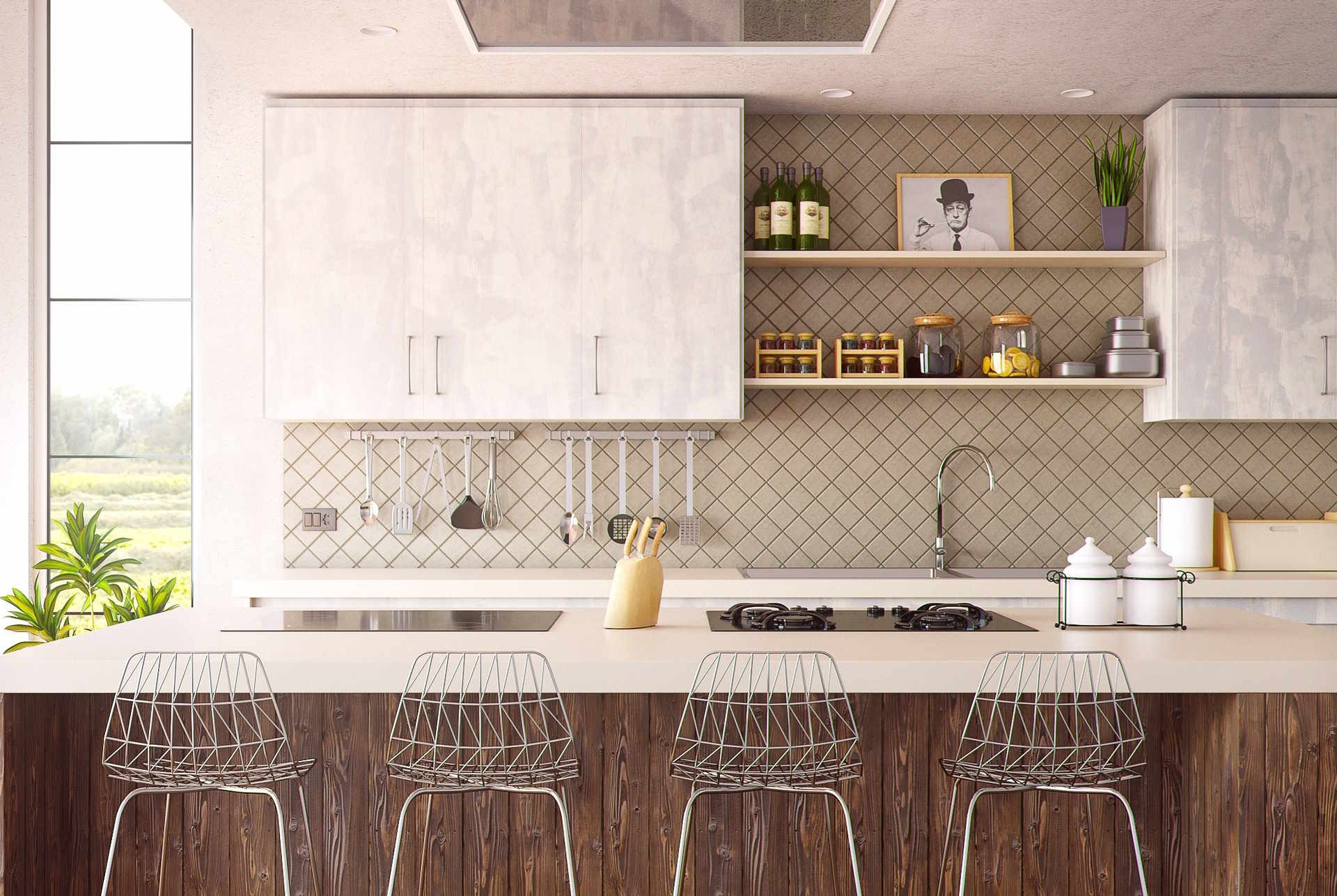Lighting Solutions for Balanced Food Prep and Eating Ambience
Effective kitchen lighting balances bright, focused illumination for safe mealprep with softer layers that create a comfortable dining ambience. Thoughtful placement and fixture choices can improve ergonomics, highlight materials like countertops and backsplash, and support sustainable energy use.

Effective kitchen lighting should serve both practical tasks and the desire for a pleasant eating ambience. A well-lit workspace reduces mistakes and fatigue during mealprep while layered, dimmable lighting helps transform the same area into a comfortable dining setting. This article examines how lighting interacts with cookware, cabinetry, storage and layout choices, and how simple changes in fixtures and control can improve ergonomics, spaceplanning, and sustainability in the kitchen.
Cookware and appliances: task lighting for precision
Task lighting near cooktops and food prep zones supports accurate, safe work with cookware and appliances. Bright, shadow-free illumination directly over ranges and counters helps you check doneness, read appliance displays, and avoid accidents. Consider adjustable, focused fixtures such as directional recessed lights or low-glare under-cabinet LEDs positioned to minimize shadowing from raised arms. Fixtures with good color rendering make it easier to judge food color and texture while preventing heat-sensitive appliance surfaces from overheating.
Cabinetry and storage: illuminating hidden areas
Lighting integrated with cabinetry improves access to stored items and promotes organization. Inside-cabinet LEDs and strip lighting in pantry shelving reveal contents without pulling everything out, reducing time spent searching during mealprep. Toe-kick lighting and lights above upper cabinets also add orientation cues at night without full-room brightness. Choose fixtures that match cabinet finishes to avoid glare against glossy surfaces, and place lights to prevent hot spots that hide items in shadows.
Countertops and backsplash: highlighting surfaces safely
Countertop and backsplash materials affect how light reflects across the workplane. Matte or honed countertops diffuse light and reduce glare, while glossy backsplashes can cause distracting reflections. Position lighting so that it casts even illumination across the countertop, and use indirect uplighting or wall washers for backsplash areas to emphasize texture without creating hotspots. Selecting fixtures with appropriate beam angles and CRI (color rendering index) helps materials and food appear natural and appealing.
Ergonomics and spaceplanning: placing lights for comfort
Ergonomic lighting supports natural workflow and minimizes strain in the kitchen. Spaceplanning should align primary task lights with main work zones—prep counters, sinks, and cooking surfaces—so users don’t have to work in shadow. Pendant lights over islands should be hung at heights that provide concentrated light without obstructing sightlines or movement. Consider the heights of users, the clearance of cabinetry, and circulation paths when placing fixtures to ensure lighting supports both standing and seated tasks.
Lighting and mealprep: layering light for flexibility
Layered lighting combines ambient, task, and accent sources to transition from active mealprep to relaxed dining. Bright overhead ambient lighting provides uniform coverage for cooking, while task lighting at counters and sinks adds targeted brightness. Accent lighting—such as above-cabinet LEDs or under-shelf strips—adds depth and visual interest for the eating ambience. Incorporating dimmers and scene controls enables quick shifts in intensity so the same kitchen adjusts for choreography during busy prep and softer settings for meals.
Organization and sustainability: smart controls and efficient fixtures
Organizational choices and sustainable lighting go hand in hand: placing lights where you need them reduces unnecessary energy use, and choosing efficient fixtures cuts long-term consumption. Motion-activated under-cabinet lights or timers for pantry LEDs prevent lights from being left on, while ENERGY STAR-rated LEDs and smart dimming reduce electricity use without sacrificing color quality. Thoughtful placement also supports organization—well-lit drawers and pull-outs make it easier to keep cookware and utensils accessible and orderly.
Conclusion Balancing food prep needs with the desire for a welcoming eating ambience requires planning, correct fixture selection, and attention to how light interacts with materials and layout. Integrating task lighting with cabinetry and storage, placing fixtures to support ergonomic movement, and using layered, dimmable solutions will create a kitchen that performs for mealprep and adapts for dining. Prioritizing efficient, well-placed lighting enhances safety and usability while supporting sustainable practices and the visual appeal of countertops, backsplash, and overall spaceplanning.





